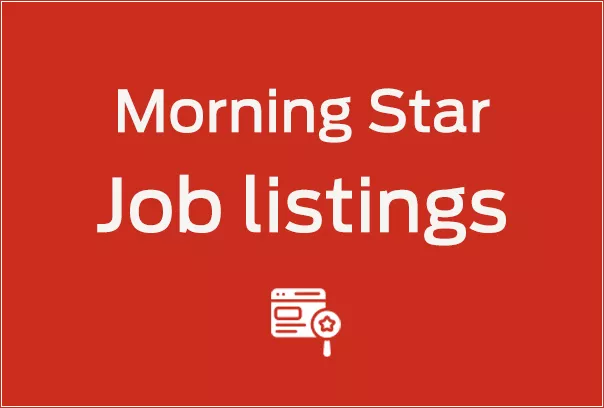JOE GILL speaks to the Palestinian students in Gaza whose testimony is collected in a remarkable anthology

 (L) Three Studies of Isabel Rawsthorne 1967; (R) Self-Portrait 1973 by Francis Bacon
[Prudence Cuming Associates Ltd. Neue Nationalgalerie Berlin; Private Collection]
(L) Three Studies of Isabel Rawsthorne 1967; (R) Self-Portrait 1973 by Francis Bacon
[Prudence Cuming Associates Ltd. Neue Nationalgalerie Berlin; Private Collection]
IN our age of digitally retouched selfies, Francis Bacon’s portraits come as a monumental shock. The faces in his paintings, which dissolve at every turn, are chilling, as a major show at the National Portrait Gallery demonstrates.
Visitors to Francis Bacon: Human Presence are greeted by his studies of papal figures and men in suits. In these works, Bacon encased his figures in the suggestions of boxes, which are known as “space-frames.” He also deployed a painting technique known as “shuttering” in which he added a series of vertical lines to the portrait.

BLANE SAVAGE recommends the display of nine previously unseen works by the Glaswegian artist, novelist and playwright

Reading Picasso’s Guernica like a comic strip offers a new way to understand the story it is telling, posits HARRIET EARLE












